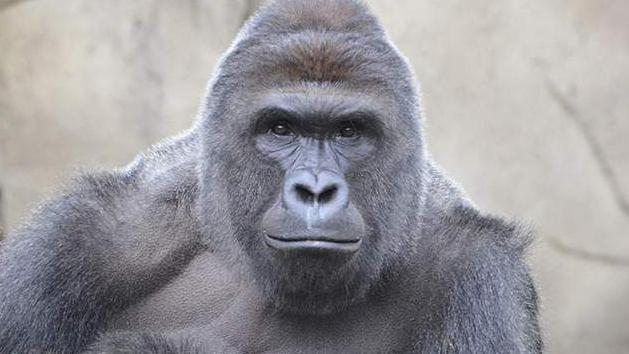35 Years of The Legend of Zelda: A Look Back on the Beloved Franchise
Photo Credit: SobControllers
March 26, 2021
Last month, the fantasy video game series The Legend of Zelda turned 35 years old. Ever since it was created by Japanese game designers Shigeru Miyamoto and Takashi Tezuka, it has been known as one of the most beloved video game franchises of all time, as well as one of the best-selling media franchises ever made. Many games in the series have been considered to have impacted the development of video games as a whole, either due to their unique gameplay mechanics, ambitious stories, or soundtracks, and have often found themselves on lists of the greatest video games ever made.
The original top-down game, released in Japan in February of 1986, follows a young boy named Link on his quest to defeat the evil Ganon and save Princess Zelda while exploring the land of Hyrule. Despite having a simple storyline, The Legend of Zelda has been praised for its revolutionary gameplay. When the game starts, the player has no direction on where to go or what to do. Link simply spawns in an open field with the only thing out of the ordinary being a cave at the top of the screen. If you descend into the cave, you will find an old man who bestows a sword upon young Link. However, the player does not have to do this. You can try to play the game without any weapons, going down the various branching paths to explore. It is this open-endedness that gave this game so much praise and notability. The world is the player’s “oyster,” filled with many other caves and dungeons to explore. The game was also the first of its kind to include a system of saving progress, which many other video games included later on.
The franchise’s next big leap occurred with its third game, A Link to the Past. This installment was released in Japan in 1991 and received much praise. This was due to the game’s much improved storyline and graphics, as it was released on the Super Famicom (known as the Super Nintendo Entertainment System in the United States), which utilized better hardware. The fifth game in the franchise, Ocarina of Time (1998), is often considered to be the greatest game ever made, due to its revolutionary three-dimensional graphics which had never been used before in the series. 3D was also a new concept that videogames were still attempting to figure out how to use, and Ocarina of Time helped to establish the gameplay associated with playing in a 3D space.
Many other games in the series have also been praised, such as Majora’s Mask (2000), The Wind Waker (2002), and Breath of the Wild (2017). The latter of these games was especially praised for its return to the fundamentals of the first game. Much like the original installment, Breath of the Wild gave the player a non-linear style of gameplay, with the ability to explore anywhere after the first hour of the game. The story was also revolutionary because the player could experience it through a non-linear fashion. Protagonist Link can travel as much or as little as he wants, or he can run straight to the final boss and attempt to beat the game in under two hours. In 2019, a direct sequel was announced, which fans hope will continue the revolutionary elements of its predecessor.
Overall, The Legend of Zelda has contributed much to the legacy of video games as a whole. It has a tremendous track-record of quality and includes many incredible experiences. Its characters and stories never cease to fuel my imagination and the imaginations of many others. As a fan, I cannot wait to witness the future of this franchise, and I am sure that it will continue to inspire generations of gamers to come.













